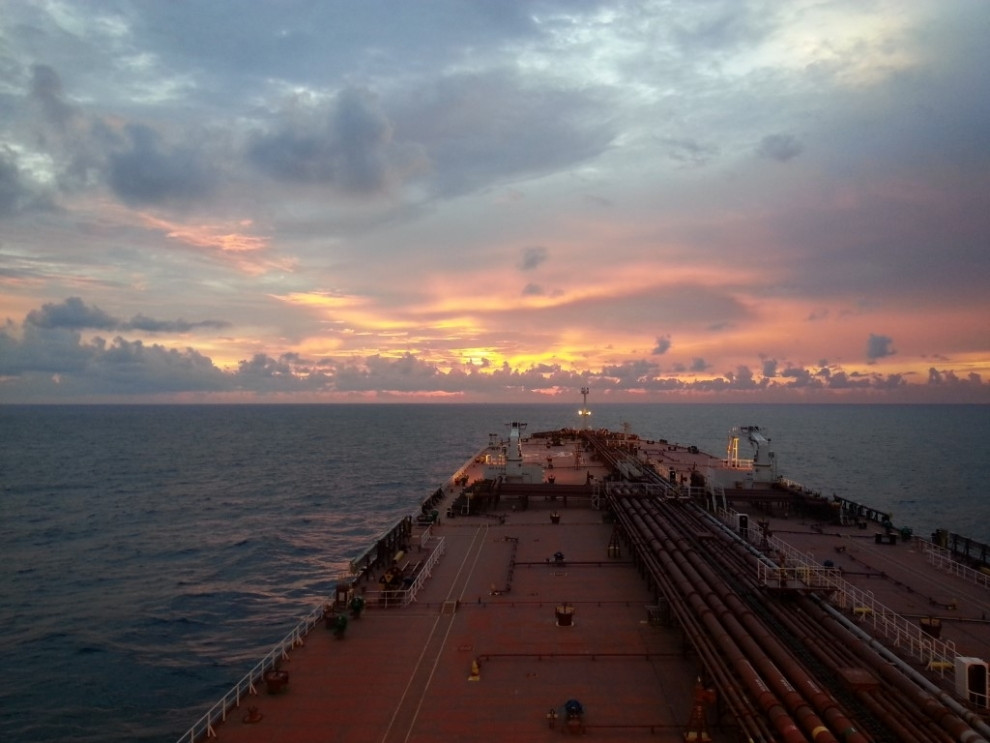
“During the first quarter of 2025, Russian oil exports have fallen 6% year-on-year. Clean tanker exports were down 13%, while dirty tanker exports fell 4%. Despite the fall, it appears that exports have mostly been unaffected by the recent sanctions,” says Niels Rasmussen, Chief Shipping Analyst at BIMCO.
In early January, the Biden Administration ramped up the pressure on Russian oil exports by sanctioning more than 180 ships and several individuals and companies involved in Russian oil and gas production and exports.
Despite initial expectations that the sanctions could significantly hurt Russian seaborne oil exports, the trade has emerged mostly unscathed. Proving the exports’ resilience, the trade also appears mostly unaffected by Shandong Port Group’s ban on US-sanctioned ships and a statement by India’s Oil Secretary that India would only buy oil supplied by companies and ships not sanctioned by the US.
Clean tanker exports in Q1 2025 were higher than during the last three quarters of 2024 but fell significantly compared to Q1 2024. Ukrainian attacks on key Russian refineries continue to disrupt refinery production and impact export volumes.
“72 new ships have helped sustain year-to-date exports. The new ships have not participated in the trade since G7 agreed on the oil price cap in December 2022. According to Signal Ocean data most of them are not sanctioned,” says Rasmussen.
According to the same data, 162 sanctioned ships exported Russian oil during the first quarter of 2025. Combined, they moved nearly 20% of exports, and India and China imported 80% of their cargo.

When discussing sanctions, it is important to highlight that most countries do not acknowledge the sanctions implemented by the United States, European Union and United Kingdom nor abide by the G7 price cap.
Seaborne export volumes have therefore continued mostly intact, but the sanctions did reduce ship availability, and freight rates have increased as a result. According to the International Energy Agency, the rising freight rates have, in some cases, driven oil prices below the USD 60 per barrel price cap, allowing a shift to non-sanctioned tankers.
“Sanctions may so far not have hurt Russian oil exports significantly, but future market developments could. Buyers might turn to other suppliers as increasing OPEC production could boost the oil market supply surplus. Also, demand might be hurt by slower economic growth due to burgeoning trade wars as well as continuing decarbonisation efforts,” says Rasmussen.
The article was provided by BIMCO.







